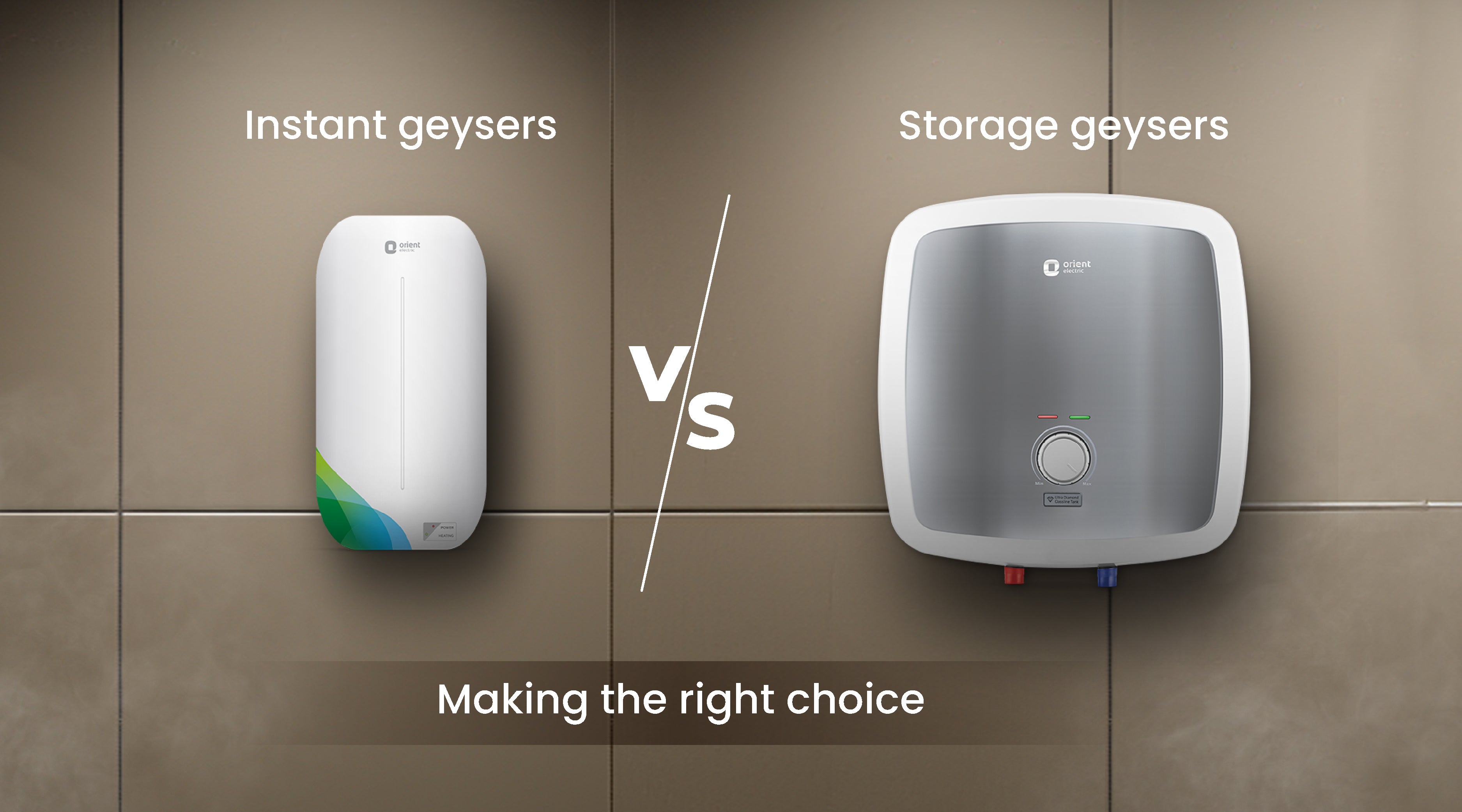Family-sized geyser sizes are perfect for bigger homes.
Family-sized geyser sizes are perfect for bigger homes.
Blog Article
Exactly how to Choose the Right Geyser to Take Full Advantage Of Energy Performance in Your Home
Picking an energy-efficient geyser is not as simple as it seems, calling for cautious assessment of numerous elements. From recognizing the different kinds of geysers, to evaluating their power efficiency scores and considering positioning strategy, each choice plays a vital duty in taking full advantage of efficiency. Balancing the first financial investment with lasting cost savings is additionally essential. Allow's embark on this trip to discover just how to make the most educated selection for a geyser that will certainly lower your energy costs while making sure optimal performance.

Recognizing the Different Kinds Of Geyser
While there are various kinds of geysers offered on the marketplace, comprehending the distinctions between them is vital for energy effectiveness (geyser sizes). The initial kind, storage space geysers, are the most usual and store hot water in a container for usage when needed. They are offered in various capacities and are typically energy-efficient, yet they can shed heat when not in usage
The 2nd type is the tankless geyser, which heats up water on need, bring about less power waste but requiring a higher preliminary power draw. There are warmth pump geysers that use electrical power to relocate warm from one area to an additional rather of creating heat directly. They can be a couple of times more energy efficient than conventional storage geysers. Finally, solar geysers utilize solar power to heat up the water, making them the most energy-efficient however likewise the most costly.
Evaluating Your Home's Hot Water Requirements
Before diving right into the acquisition of a geyser, it is critical to evaluate the warm water demands of your house. This assessment ought to take into consideration many variables consisting of the number of home members, regularity of hot water use, and the number of warm water outlets in the home (geyser sizes). A tiny household with irregular warm water usage could require a smaller sized, less effective geyser compared to a bigger family with numerous daily warm water needs
The sort of appliances that call for hot water likewise play a significant duty. Dishwashers and cleaning devices, for circumstances, may need even more warm water than a basic shower or kitchen sink. Particular tasks such address as showering or cleaning likewise affect the regularity and volume of hot water needed.
Reviewing Energy Effectiveness Rankings of Geyser
Having actually assessed the hot water demands of your household, it is essential to transform your focus to the energy efficiency scores of hot springs. These rankings, usually given as Energy Aspect (EF), show a hot spring's overall energy efficiency based on the amount of warm water created per device of gas eaten over a typical day. The higher the EF, the much more effective the water heating see this page system.

Considerations in Geyser Size and Placement
Beyond power effectiveness ratings, the dimension and positioning of your geyser are critical components to take into consideration. The dimension of the geyser must line up with your home's warm water needs. A tiny geyser might utilize less power yet might not offer enough warm water for numerous usages at the exact same time, whereas a larger device can fulfill higher demand but might take in more power.
Placement also influences power efficiency. Geysers need to be set up near to points of usage to lessen warm loss throughout water transport. A centrally located geyser can service multiple locations efficiently. Additionally, taking into consideration thermal insulation, a geyser located in a warmer location loses much less warm and therefore makes use of less power to preserve the water temperature level.
Expense Analysis: Balancing First Investment and Long-Term Financial Savings
While size and placement unquestionably play substantial functions in a hot spring's energy effectiveness, one have to not neglect the monetary facet. When thinking about the first investment, the cost of energy-efficient hot springs can be more than conventional versions. However, the boosted ahead of time cost can be countered by long-term energy cost savings, making it a rewarding investment over time.
Examining lasting savings requires an understanding of the geyser's energy rating. A home appliance with a higher score will certainly eat much less power, converting to reduced energy costs over time. Federal government incentives and discounts for energy-efficient devices can additionally help recoup first prices.
Ultimately, upkeep and life-span must be factored in. Energy-efficient hot springs usually have much longer life expectancies and lower maintenance costs, adding to total financial savings. When stabilizing first investment and long-term financial savings, one must think about not only this contact form the acquisition cost but additionally energy consumption, federal government rewards, and maintenance prices.

Conclusion
These include recognizing the types of hot springs, examining your home's hot water demands, evaluating power effectiveness ratings, and computing expense advantages. The ideal geyser size, positioning, and insulation can considerably reduce power bills and ecological impact.
Report this page